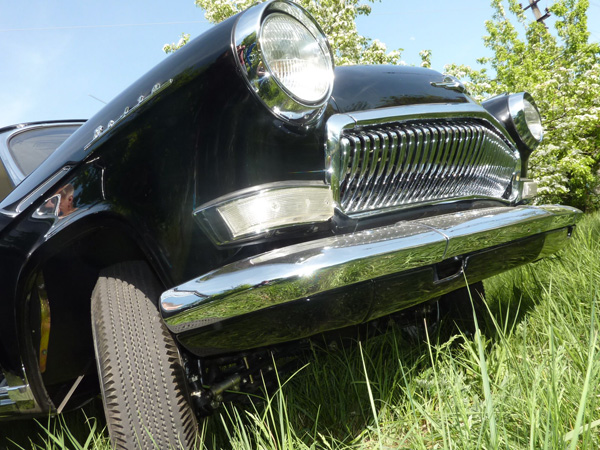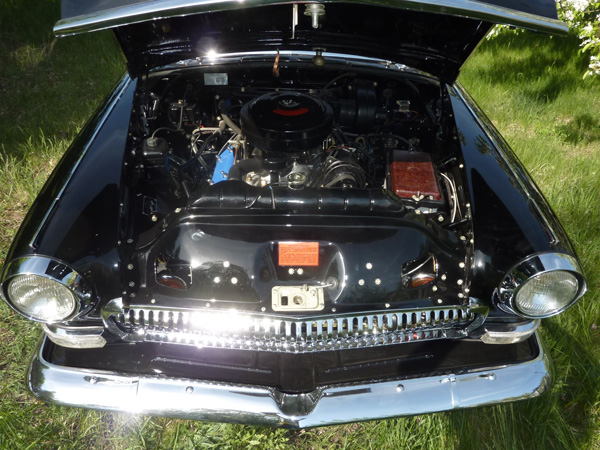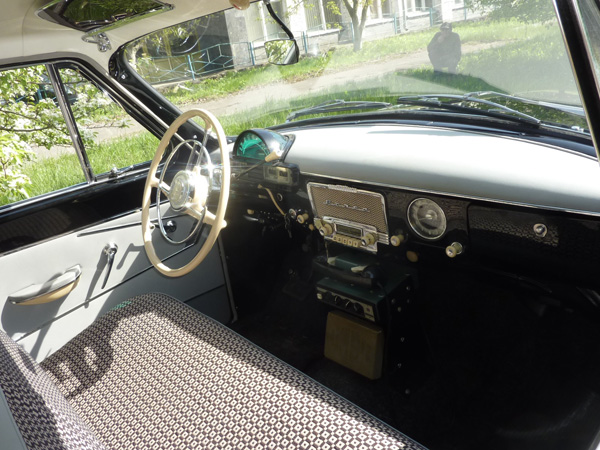e
Restoration of the GAZ-23 - KGB Car



GAZ-23
Nobody knows the destiny of the vehicle which has just come off the assembly line. Years later, some of them get into museums, others - to a dump. In the case of the GAZ-23 "chaser" – a vehicle of government escort and special services, there were also only two options. Moreover, the scrap metal reception point was considered as the highly likely end. Bans and restrictions acting in the USSR, clearly deprived the possibility of getting a secret car into the private use. If its first kilometers were taken up in the status of a "KGB agent", the last meters of the "23rd" drove like the usual wagon of some peripheral motor depot. This was necessarily followed by the depreciation off the balance and the only way was under the autogenous welder. Having regard on the above said, it could be considered that the GAZ-23, because of its small production and the foregone fate, has now become extinct as a species. They do not longer exist. But, it’s a miracle! Single copies are found, and one of such rarities came to the team of "Autoclassica" in May of 2015. As usual, the vehicle was pretty much tortured by the communist exploiters. Fortunately a significant part of the original parts, inherent only to "chasers" were in. The news about the rarity "Volga" quickly spread among more than 700 regular customers of the company "Autoclassica", five of which have shown a great interest. A short correspondence showed the seriousness of the intentions of a connoisseur of retro technics. With this purpose he flew to Kiev to inspect the car and to conclude an agreement for restoration. Have looked - have agreed! In order to comply with the complete legality of documentary re-registration, the Volga was even hastily painted black. Since that moment a long and creative process of authentic restoration has started. Correct restoration begins with the disassembly and car damage detection. Disconnecting the car into molecules, a circle of missing details was outlined. The biggest problem was to find the missing exclusive elements: the bracket of the trunk opening cable, the rotary latch, the tumblers of the additional light signaling, the wiring and the kit for switching the automatic box. (At the present moment the team of Avtoclassica.com has already established the production of these elements according to the original drawings). The aid and assistance in this matter were provided by a well-known expert on special vehicles, archivist Dmitry Gvozdev and his colleague Alexander Pyasetsky, who assembled more than one Volga.
https://www.youtube.com/channel/UCZ_WDeb2S4GVhJx5CAT2IgQ?view_as=subscriber
The most painstaking part of the restoration was the final assembly. To prevent chips and scratches, the entire car was pasted into a protective film. Carefully and thoughtfully new units and restored mounts were installed on the "chaser". The elements of special communication "Palma" and light signals were installed as well. Slowly but surely, the PROJECT was turning into a CAR.

After all-round testing this "Volga" of 1963 passed the historical expertise in Estonia, receiving black numbers and estimating 96% of authenticity. Why not a hundred? The specialists questioned the compliance of plates of the heater casing, the lighting of the engine compartment, as well as the two hose clamps of the cooling system hoses. Taking into account that the year of 1963 was a transitional model year, there are some loopholes in the specification of parts. Actually, because of this the "chaser" lost four points. However, this circumstance did not influence on its appearance in a number of specialized journal publications and taking its worthy place in a large auto collection.


